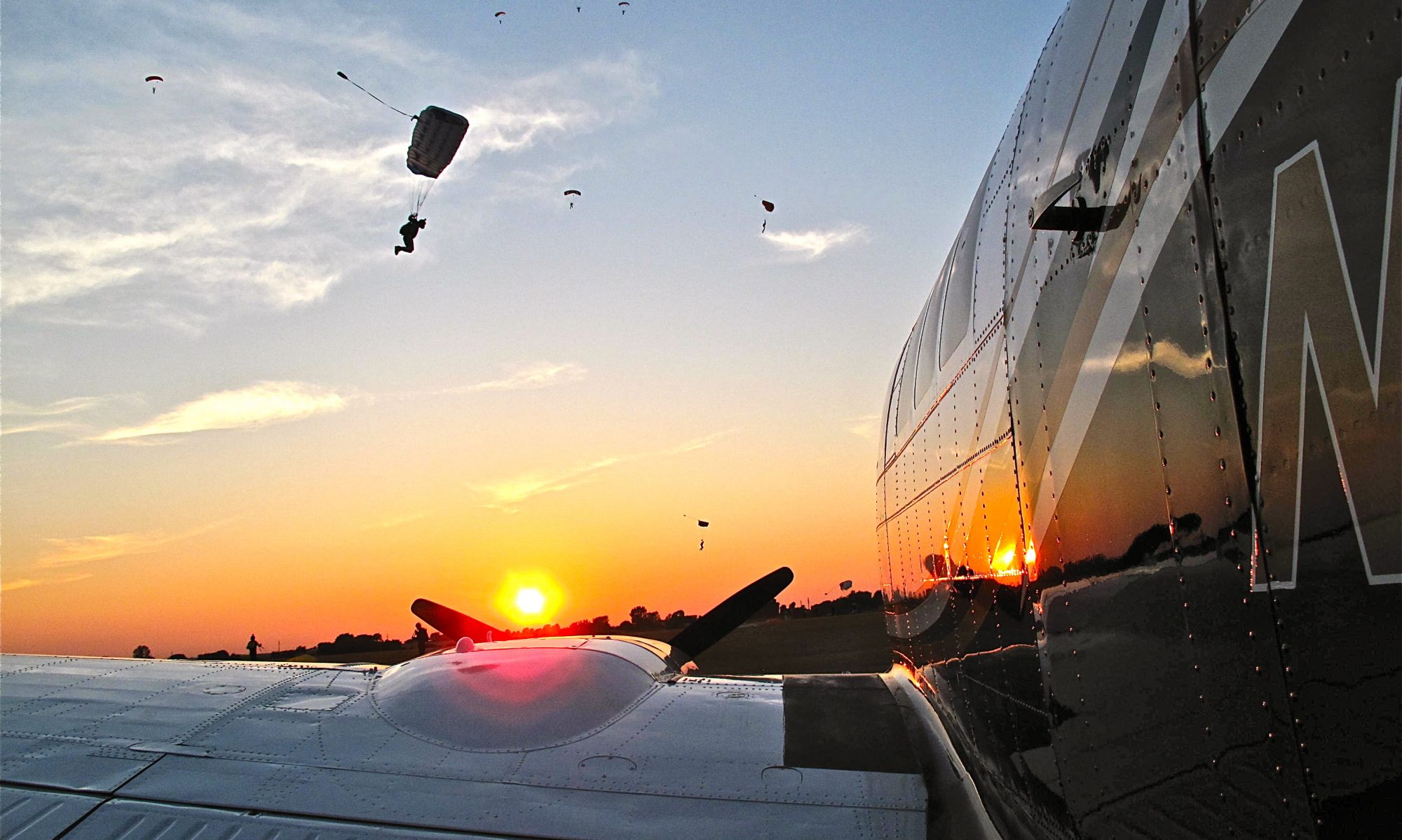US Air Force’s flying saucer plans declassified


Aviation Stories



|
|

 Gotta love ferry flying.
Gotta love ferry flying.October 2 2012.
I was out fishing alone on the Ottawa River on October 2 2012, around Petrie Island when I noticed a bright coloured airplane flying very low a couple of miles away in the distance. I assumed that the plane was simply preparing for a water landing and continued fishing. Seconds later, the plane appeared to make a sudden sharp turn and then I saw a faint splash in the water. I was not sure if the plane had in fact crashed or had simply made a hard landing.
I had a bad feeling that something had in fact gone wrong and I became concerned that the pilot may be in distress. I immediately raced towards the plane in my 14’ boat, which took at least 5 minutes at full speed. As I got closer I could see that the plane was still running and was circling in the water, tilted to one side. I then noticed that the windshield of the plane was shattered. It was at this moment that I realized that this plane had crashed and my immediate concern was the pilot’s safety.
I knew that I had to get close to the plane in order to reach the pilot inside, but this was an extremely scary and dangerous situation as the plane propellers were screaming away and the plane was moving unpredictably now. I cautiously navigated my way towards the plane and the pilot stopped the engine. I pulled up towards the pilot’s side of the plane but the pilot was unable to open his hatch. I then repositioned my boat to the opposite side and moved up tight against the plane which by this time was half way sunk. The water level was up over the plane’s cockpit windshield. We managed to open the hatch on this side and I reached out with my arms instructing the pilot to grab onto me. He was in obvious shock but did not have any noticeable injuries. The Pilot grabbed my arms as the water began to quickly fill the cockpit and the plane began to sink rapidly. In a mater of seconds the plane sank like a bag of rocks, pulling the pilot down with it and I held on with everything I had yelling for the pilot to free his legs because the plane was going down. The pilot managed to free himself and the plane instantly sunk to the bottom of the river directly under my boat, leaving his entire body now submerged in the cold water hanging from my arms. We struggled together, and gave all of out strength to haul is body safely into my boat where he collapsed with exhaustion.
I examined the pilot for any blood or signs of trauma, asking if he was injured and insured that there were no other occupants in the plane. Thankfully there were not. My next thought was to somehow mark the plane’s exact location for extraction purposes, or it would be like finding a needle in a haystack. I had to think quickly and use what was available. Luckily I found a long piece of string in my boat to which I attached my multi-tool to one end to use as a weight and then emptied a gatorade bottle which I attached to the other end to use as a float. Unbelievable, but this make shift device worked perfectly and the multi-tool was enough weight to hold it in place next to the sunken plane in approximately 20’ of water.
I then proceeded to salvage a few of the pilot’s belonging that were floating on the surface and then made our way towards the Cumberland Ferry to get to shore. When we reached shore I contacted 911 and spoke with paramedics to send an ambulance as the Pilot was complaining about sore ribs and believed that he may have broken some. The pilot was drenched and freezing and was beginning to shake. Concerned about Hyperthermia, I instructed the Man to remove his wet clothes and I gave him my dry jacket and some hot coffee which I had in a thermos, and waited for help to arrive. The pilot was taken to the hospital and I returned to the scene of the crash with Ottawa Police Officer Cst.Emond , were I remained for several hours after the incident to assist the OPS Marine and Dive Unit in locating the sunken plane.
I clearly remember the Pilot telling me that “his flying days were over” to which I replied “at least your living days are not”.

 Read More
Read More


 I think I could get Black Betty off a straight-deck aircraft carrier, with enough wind over the deck that is.
I think I could get Black Betty off a straight-deck aircraft carrier, with enough wind over the deck that is.